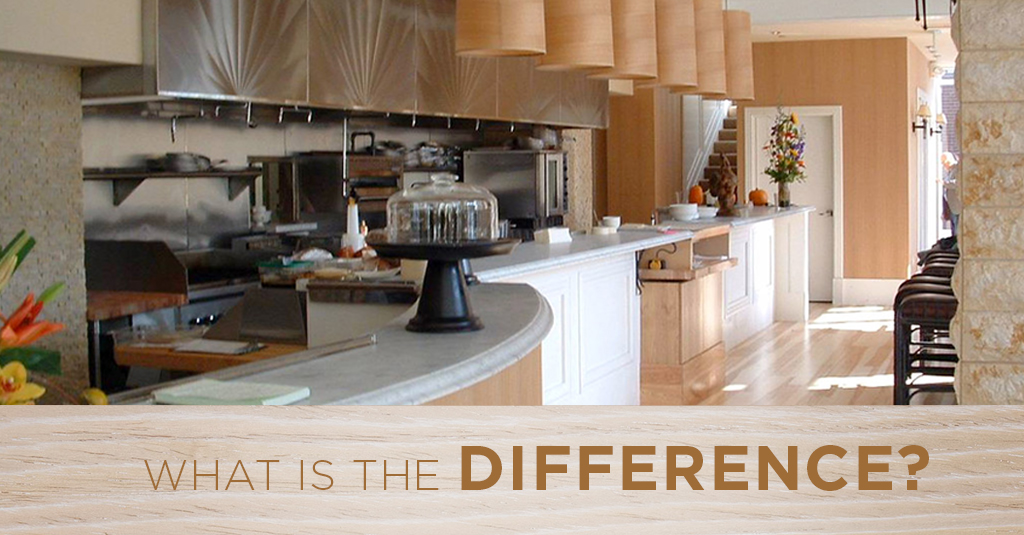
Wood products are having a comeback moment. Thanks to biophilic design trends and greater environmental awareness, more people have chosen to incorporate natural elements into their spaces. Expect to see bright, joyful colors against neutral backgrounds, organic shapes, postmodern lines, personalized touches, and sleek, beautiful wood as a backdrop for everything from wool rugs to linen sheers.
A classic building material, wood today is used everywhere, from flooring and wallcoverings to ceilings and furnishings. Choosing the right wood for your space can make a big difference to your results. Here is what you need to know about the difference between wood veneer and solid wood.
Natural Wood Veneer
At Jacaranda, we craft our Natural Wood Veneer Wallcovering using natural wood veneer. A veneer is real wood sliced wafer-thin and then securely bonded to another surface. The substrate surface varies based on the final purpose of the veneer. We can even use cloth or transparent materials, allowing for greater flexibility or even backlighting options. Because we make veneer with real wood, it can be painted or stained just like real wood. The thin, flexible nature of it allows it to be applied to curved surfaces or even corners. Because Jacaranda’s Natural Wood Veneer Wallcovering is bonded to a secure substrate, it can withstand temperature extremes and will not become cracked, warped, or damaged over time.
Wood veneer is also an environmentally friendly choice, using just a fraction of the wood required by solid wood products.
Laminate
Unlike wood veneer, laminate is not a real wood product. It is typically made using synthetic materials that are designed to closely mimic wood. Laminate is often less expensive than other options and is designed to be durable and easy to clean. However, the printed surface can wear or fade over time. While laminate can be painted over, it cannot be stained or sanded.
While modern laminate materials are made using more eco-friendly techniques, they are not natural materials. However. they can be recycled at the end of their lifespan.
Solid Wood
Solid wood is perhaps the best-known form of wood product. Solid wood can be sanded, painted, stained, polished, varnished, and otherwise treated. Solid wood furniture and flooring are extremely durable and can often be resanded and refinished as needed. However, this type of wood is thicker and less flexible, which means alternative applications are less versatile. You may not be able to apply it to curves or corners without cracks or damage. Solid wood will also swell or shrink with temperature changes, which can lead to damage over time. It requires more wood to produce.
Choosing the right form of wood for your home or office might seem like a big job. However, each type of wood product offers specific benefits for specific spaces. At Jacaranda, our design team can help you determine the best product for your needs. We offer a wide selection of wood veneer products to meet virtually every design need. Our veneers are carefully crafted from more than 100 wood species and are flexible enough to apply on curved and contoured surfaces. Visit us today to learn more about the difference between wood veneer and solid wood or schedule an appointment with an installation specialist.


